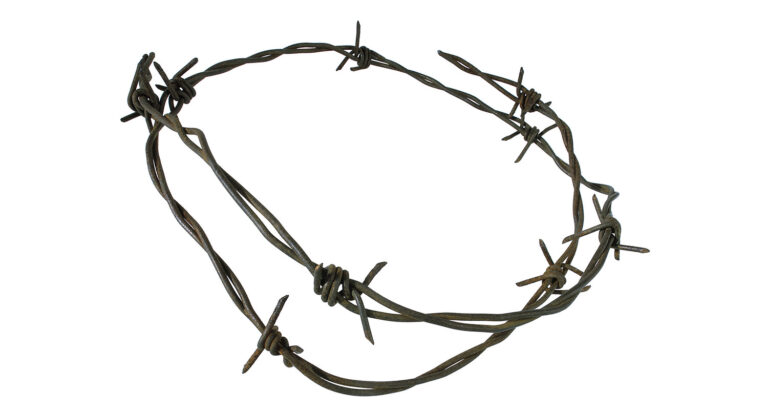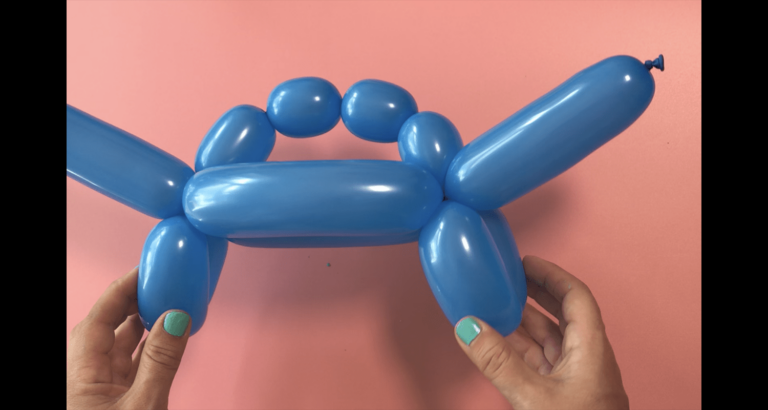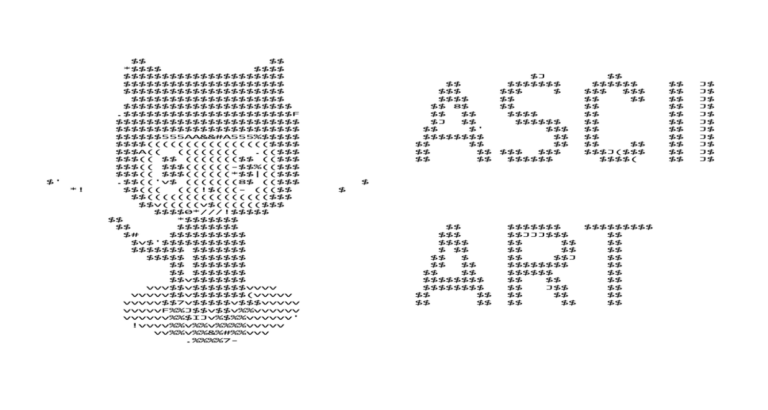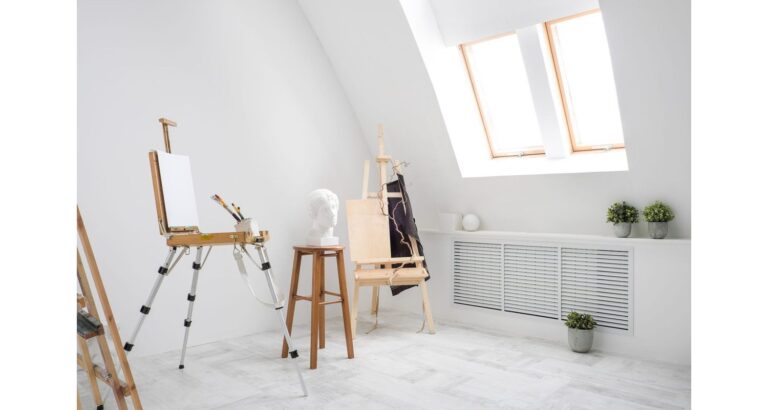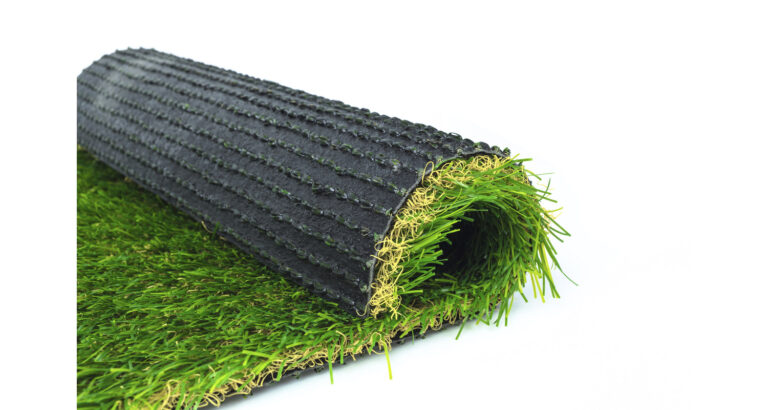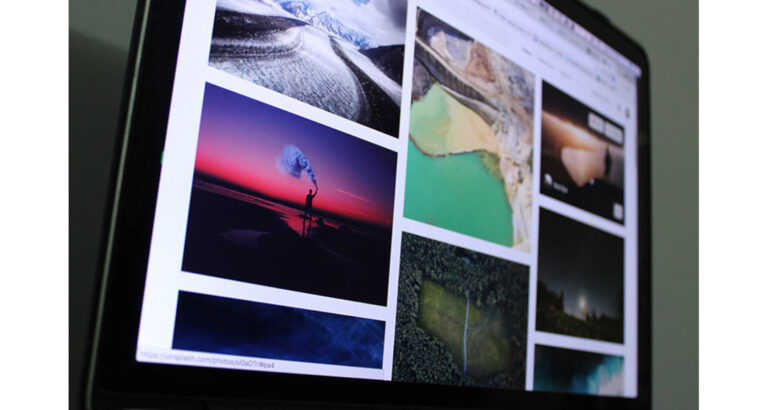How to Make Barb Wire Art
Did you know you can transform ordinary barb wire into stunning art pieces? This article guides you through the simple steps of making barb wire art. Discover how to bend and shape this rugged material into beautiful sculptures that capture the imagination. How to make barb wire art: Wear gloves for safety. Cut lengths of…

